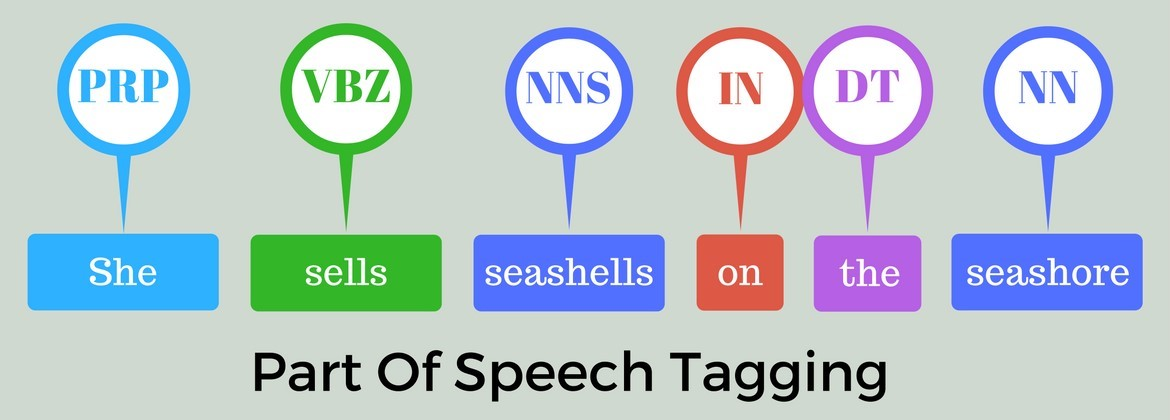
Download our e-book of Introduction To Python
Related Blog
Matplotlib - Subplot2grid() FunctionDiscuss Microsoft Cognitive ToolkitMatplotlib - Working with ImagesMatplotlib - PyLab moduleMatplotlib - Working With TextMatplotlib - Setting Ticks and Tick LabelsCNTK - Creating First Neural NetworkMatplotlib - MultiplotsMatplotlib - Quiver PlotPython - Chunks and Chinks View More
Top Discussion
How can I write Python code to change a date string from "mm/dd/yy hh: mm" format to "YYYY-MM-DD HH: mm" format? Which sorting technique is used by sort() and sorted() functions of python? How to use Enum in python? Can you please help me with this error? I was just selecting some random columns from the diabetes dataset of sklearn. Decision tree is a classification algo...How can it be applied to load diabetes dataset which has DV continuous Objects in Python are mutable or immutable? How can unclassified data in a dataset be effectively managed when utilizing a decision tree-based classification model in Python? How to leave/exit/deactivate a Python virtualenvironment Join Discussion
Top Courses
Webinars
Python - Tagging Words

Neha Kumawat
3 years ago

Table of Contents
- Introduction
- Tag Descriptions
- Tagging a Corpus
Introduction
Tagging is an essential feature of text processing where we tag the words into grammatical categorization.
Download required modules
import nltk
nltk.download('punkt')
nltk.download('averaged_perceptron_tagger')We take help of tokenization and pos_tag function to create the tags for each word.
import nltk
sample_text = nltk.word_tokenize("Python is an interpreted high-level general-purpose programming language.")
tagged_sample_text = nltk.pos_tag(sample_text)
print(tagged_sample_text)
When we run the above program, we get the following output −
[('Python', 'NNP'), ('is', 'VBZ'), ('an', 'DT'), ('interpreted', 'JJ'), ('high-level', 'JJ'), ('general-purpose', 'JJ'), ('programming', 'NN'), ('language', 'NN'), ('.', '.')]
Tag Descriptions
We can describe the meaning of each tag by using the following program which shows the in-built values.
import nltk
nltk.help.upenn_tagset('NN')
nltk.help.upenn_tagset('IN')
nltk.help.upenn_tagset('DT')
When we run the above program, we get the following output −
NN: noun, common, singular or mass
common-carrier cabbage knuckle-duster Casino afghan shed thermostat
investment slide humour falloff slick wind hyena override subhumanity
machinist ...
IN: preposition or conjunction, subordinating
astride among uppon whether out inside pro despite on by throughout
below within for towards near behind atop around if like until below
next into if beside ...
DT: determiner
all an another any both del each either every half la many much nary
neither no some such that the them these this those
Tagging a Corpus
We can also tag a corpus data and see the tagged result for each word in that corpus.
import nltk
from nltk.tokenize import sent_tokenize
from nltk.corpus import gutenberg
sample = gutenberg.raw("blake-poems.txt")
tokenized = sent_tokenize(sample)
for i in tokenized[:2]:
words = nltk.word_tokenize(i)
tagged = nltk.pos_tag(words)
print(tagged)
When we run the above program we get the following output −
[([', 'JJ'), (Poems', 'NNP'), (by', 'IN'), (William', 'NNP'), (Blake', 'NNP'), (1789', 'CD'),
(]', 'NNP'), (SONGS', 'NNP'), (OF', 'NNP'), (INNOCENCE', 'NNP'), (AND', 'NNP'), (OF', 'NNP'),
(EXPERIENCE', 'NNP'), (and', 'CC'), (THE', 'NNP'), (BOOK', 'NNP'), (of', 'IN'),
(THEL', 'NNP'), (SONGS', 'NNP'), (OF', 'NNP'), (INNOCENCE', 'NNP'), (INTRODUCTION', 'NNP'),
(Piping', 'VBG'), (down', 'RP'), (the', 'DT'), (valleys', 'NN'), (wild', 'JJ'),
(,', ','), (Piping', 'NNP'), (songs', 'NNS'), (of', 'IN'), (pleasant', 'JJ'), (glee', 'NN'),
(,', ','), (On', 'IN'), (a', 'DT'), (cloud', 'NN'), (I', 'PRP'), (saw', 'VBD'),
(a', 'DT'), (child', 'NN'), (,', ','), (And', 'CC'), (he', 'PRP'), (laughing', 'VBG'),
(said', 'VBD'), (to', 'TO'), (me', 'PRP'), (:', ':'), (``', '``'), (Pipe', 'VB'),
(a', 'DT'), (song', 'NN'), (about', 'IN'), (a', 'DT'), (Lamb', 'NN'), (!', '.'), (u"''", "''")]
I hope you enjoyed reading this article and finally, you came
to know about Python - Tagging Words.
For more such blogs/courses on data science, machine
learning, artificial intelligence and emerging new technologies do visit us at InsideAIML.
Thanks for reading…
Happy Learning…
